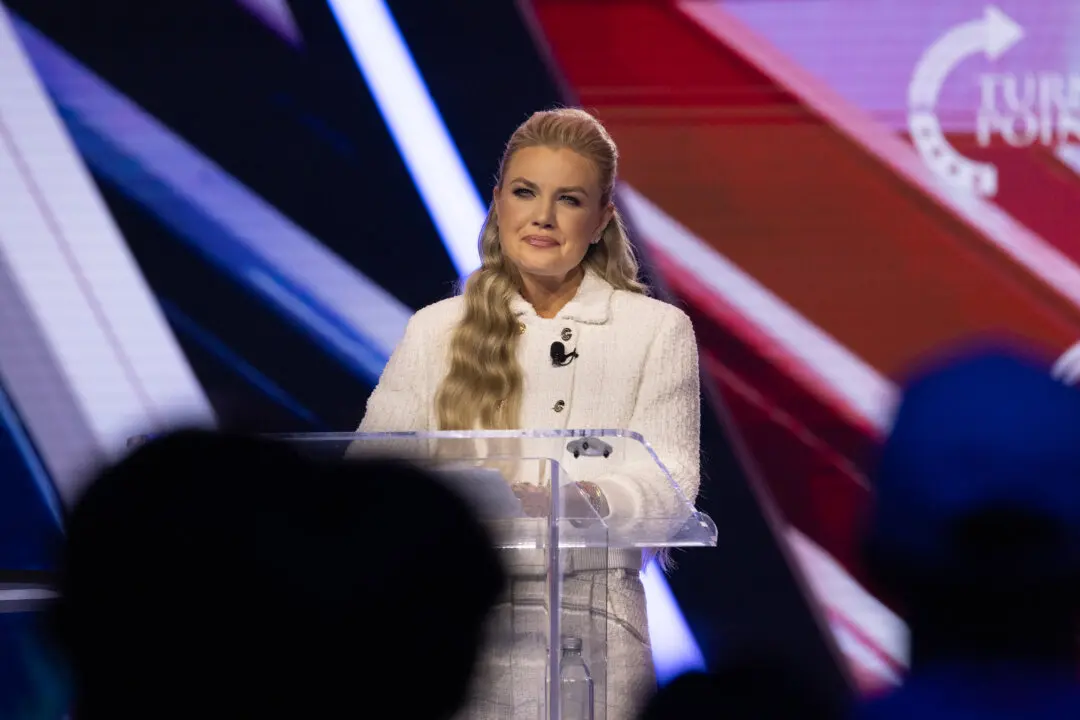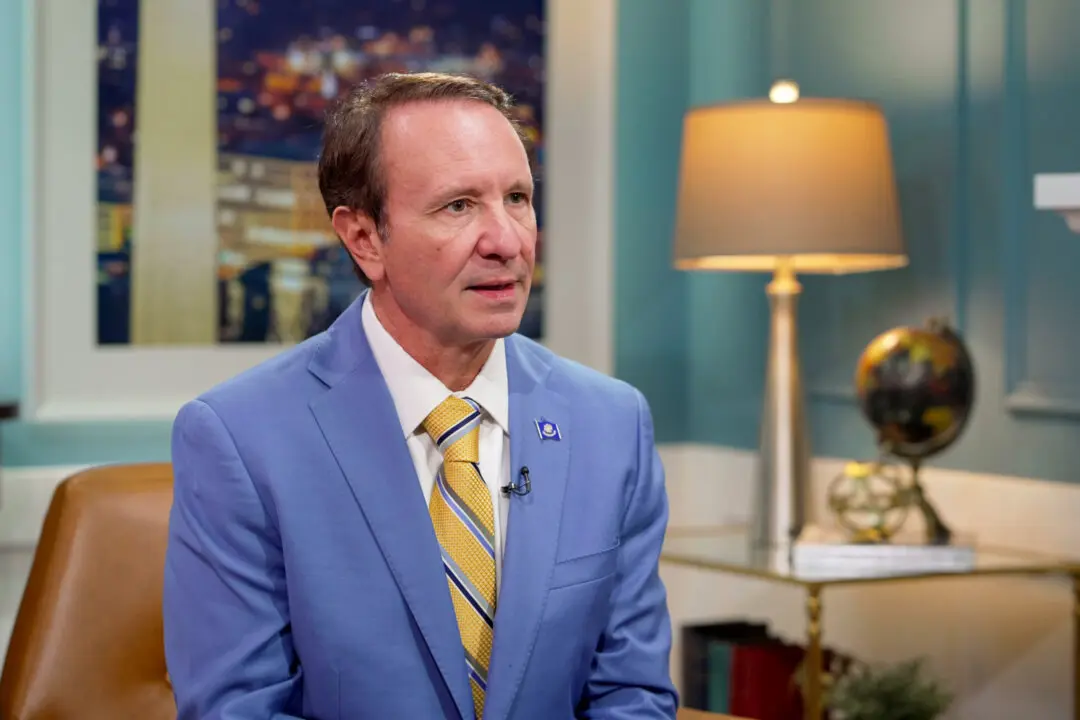Lawmakers questioned the feasibility of new vehicle tailpipe emissions proposals from the Environmental Protection Agency (EPA), which the agency predicts will lead to the mass adoption of electric light- and medium-duty vehicles within a decade.
The April 18 hearing was held by the Subcommittee on Clean Air, Climate and Nuclear Safety of the Senate Environment & Public Works Committee.





